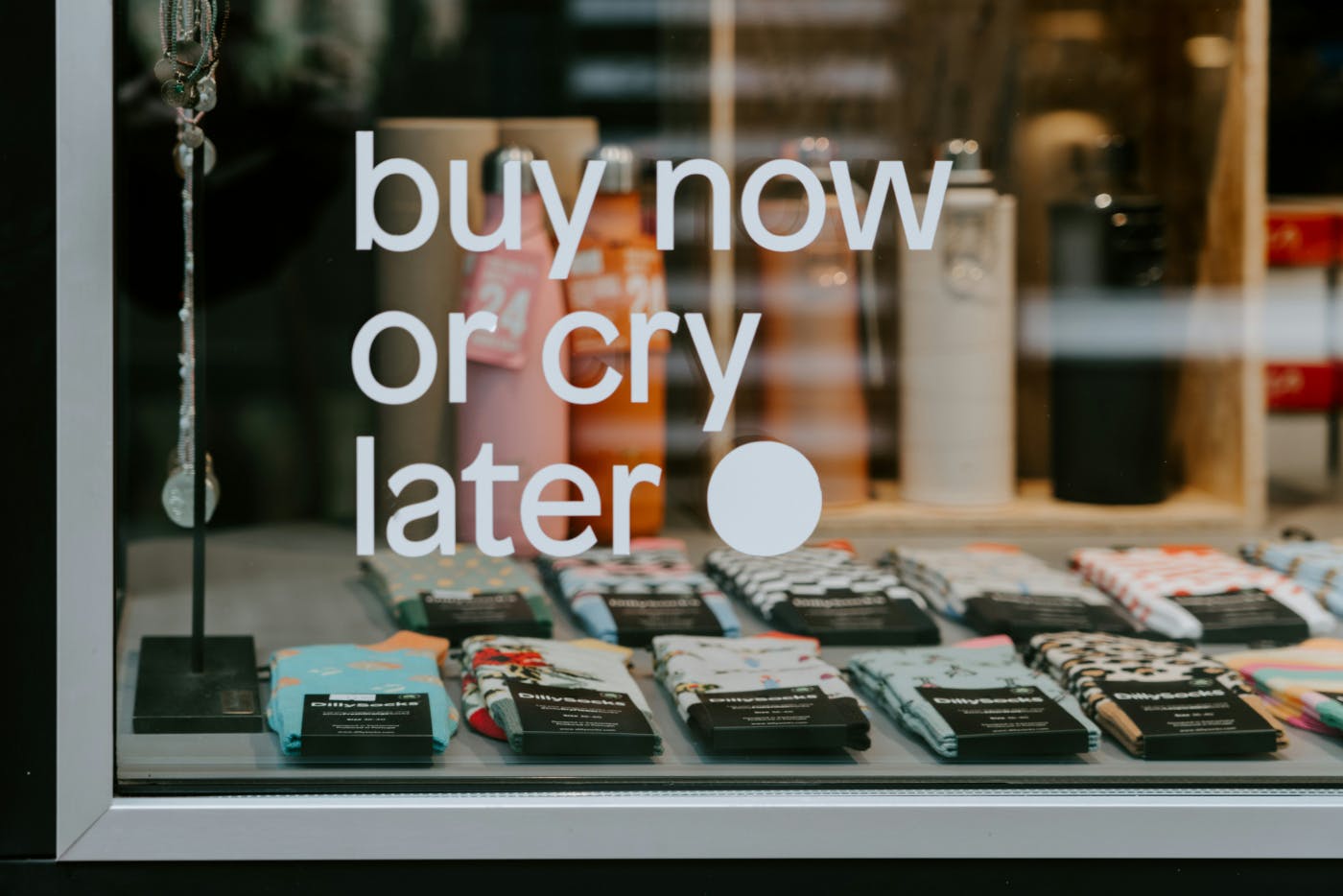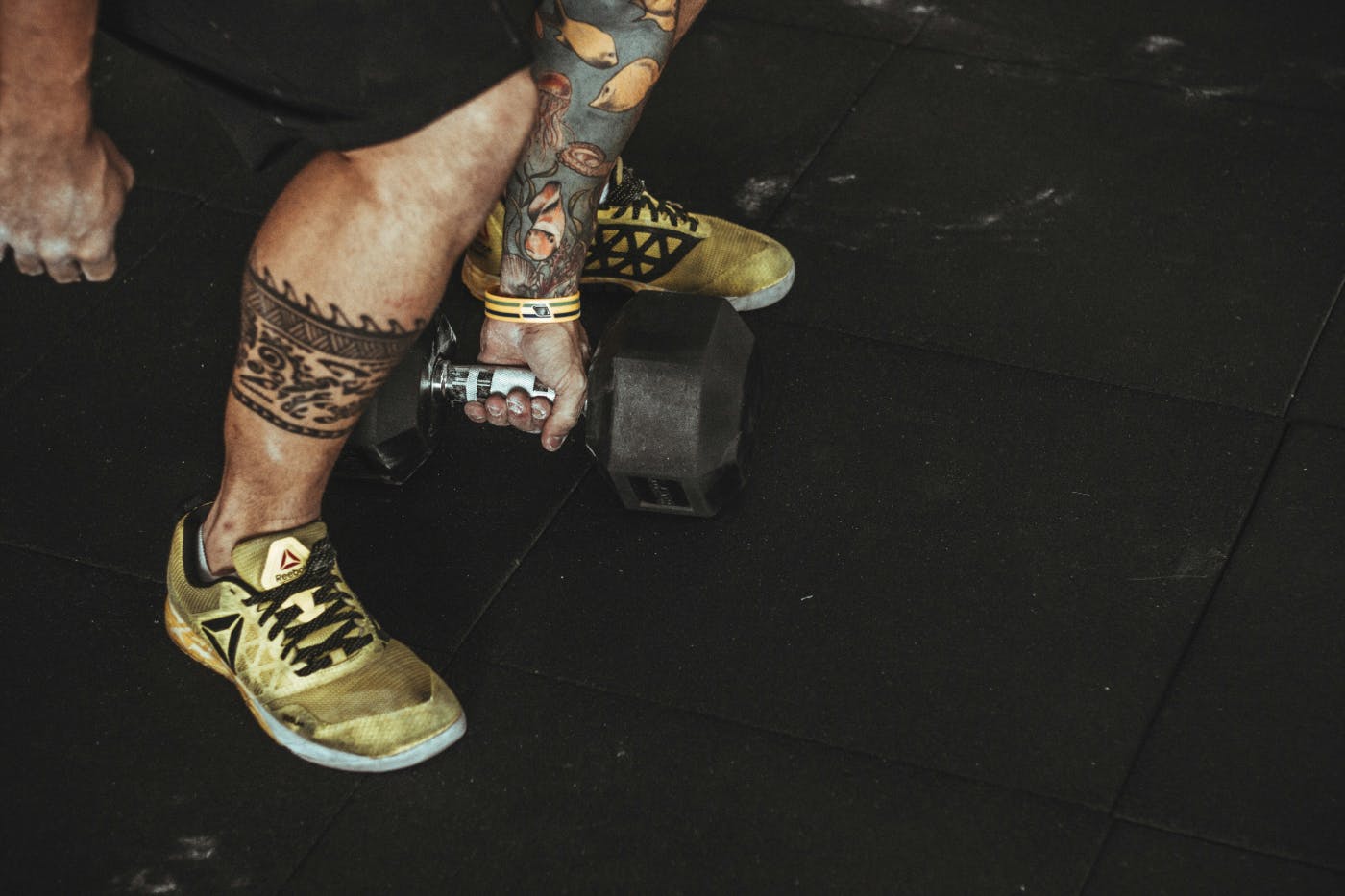
Bro Marketing isn’t a formal methodology—it’s more like a marketing mullet: party in the front-end funnel, desperation in the back.
You're eight seconds into a YouTube ad when it happens.
A guy in a backward snapback slides into frame next to a rented Lamborghini. Behind him, a whiteboard is scribbled with arrows, dollar signs, and something called “The Freedom Formula™,” and for some reason, six girls in bikinis, even though there is not a hint of water in sight.. He’s shouting because apparently, success can’t be delivered at a normal volume. Somewhere between “passive income” and “six figures in six weeks,” he reminds you that he was once just like you—except now he’s allergic to offices, sleeves, and humility.
Congratulations. You’ve just entered the world of Bro Marketing.
It’s a strange place where every problem can be solved with a funnel, every story ends in seven figures, and every emotion—fear, shame, insecurity—is a tool to get you to click “Buy Now.” It’s loud, aggressive, wildly overconfident, and drenched in hustle-culture cologne. And for too long, it’s been treated as a legitimate marketing strategy rather than the late-stage capitalism fever dream it truly is.
But here’s the twist: it worked. For a while.
Now, the glossy sheen is cracking, the bros are eating each other alive on TikTok, and brands everywhere are asking—what the hell were we doing?
But here’s the thing: this isn’t just about one guy in a Ferrari. It’s an entire playbook—a style, a persona, a vibe—that’s wormed its way into digital marketing culture like protein powder in a startup pantry. To understand why it’s failing, we have to understand what it is. And that means taking a hard look at the broscape itself.

WHAT EVEN IS BRO MARKETING?
Bro Marketing isn’t a formal methodology—it’s more like a marketing mullet: party in the front-end funnel, desperation in the back. It's a messy cocktail of sales psychology, pop culture masculinity, and zero self-awareness, shaken not stirred by someone who thinks reading The 4-Hour Workweek is a personality trait.
At its core, Bro Marketing is built on the assumption that the average consumer is one testimonial away from handing over their credit card. It leans hard on scarcity (“Only three spots left!”), urgency (“Cart closes in 5 minutes!”), and inflated credibility (“I’ve helped over 1,000 students make $10K/month with no prior experience!”). Add a few high-testosterone buzzwords like “dominate,” “crush,” or “scale,” and you’ve got yourself a pitch fit for the Bro Hall of Fame.
But it’s not just the tactics—it’s the tone. It’s the voice that shouts instead of speaks, that talks at you instead of to you. It’s the over-polished Instagram reel of someone pretending their Airbnb is a mansion. The brand persona is always the same: part life coach, part frat president, part crypto evangelist. Whether they're selling a business course, a mindset shift, or their latest drop-shipping scheme, the goal is never just to teach—it’s to flex.
This isn’t marketing. It’s performance art with a sales link.
And here’s the kicker: it works because it hits where it hurts. Bro Marketing is less about offering a solution and more about creating a problem you didn’t know you had—and then dangling success just out of reach. It sells shame, then wraps it in a success story.
Which begs the question: who falls for this, and why?
THE PSYCHOLOGY OF THE BRO: FEAR, SHAME, AND FLEXING
Bro Marketing doesn’t sell products—it sells inadequacy.
It whispers (loudly) that you’re behind. That you’ve been wasting your time. That your 9-to-5 is a cage and your bank account is a punchline. It frames success not as something to strive for, but as something you should already have—and if you don’t, clearly, that’s on you. You didn’t hustle hard enough. You weren’t “aligned.” You didn’t “want it bad enough.”
This is shame, dressed up as motivation.
Every “If I can do it, you can too” story is soaked in subtle judgment. You’re being sold on the idea that if this dude—who once lived in his mom’s basement and now runs a six-figure agency from Tulum—could make it, you must be broken if you haven’t. It’s a sales strategy built on emotional sand: create anxiety, stir envy, poke self-doubt, then offer the antidote at checkout.
There’s a reason this formula is so effective—it mimics the oldest hustle in the book: make them feel small so you can sell them the feeling of being big. Confidence, freedom, power—these are just abstract prizes dangled behind a $997 course and a fast-ticking countdown clock.
And for a time, that was enough. For enough people, in enough pain, the Bro’s promise felt like a lifeline.
Because, for all its cringe and coercion, Bro Marketing did work.

THE (SHORT-LIVED) SUCCESS OF THE BRO FORMULA
For a while, Bro Marketing wasn’t just tolerated—it was aspirational.
The formulas worked. The funnels converted. The money rolled in. If you could scream loud enough, fake confidence well enough, and stack testimonials high enough, you could move product like protein powder at a CrossFit convention.
It was the golden age of high-ticket webinars, bootstrapped info products, and self-anointed gurus offering “exclusive” systems to “unlock your potential.” The bros figured out that urgency sells, slick videos impress, and the promise of escape—escape from jobs, debt, mediocrity—is magnetic. They didn’t invent the idea of selling transformation; they just turned the dial to 11, put it on autoplay, and added a photo of themselves with a rented private jet.
Platforms helped. Social media rewarded charisma over credibility. Email funnels made it easy to manufacture trust. Paid ads amplified everything, and by the time you figured out the Lamborghini wasn’t his, he’d already made bank off your insecurities. For a hot minute, being a Bro Marketer wasn’t a punchline—it was a business model.
But like most house-of-cards empires built on testosterone and Tripwire offers, it didn’t last.<br />Because eventually, people stopped buying the dream.
The cracks began to show when the audience got wiser—and wearier. Let’s look at what happens when the hustle stops hustling back.
WHY BRO MARKETING IS COLLAPSING UNDER ITS OWN CHEST PRESS
The Bro Empire wasn’t conquered—it simply keeled over under the weight of its own bloat.
What used to feel bold now feels tired. What once promised freedom now reeks of fraud. The same “high-converting” tactics that once pulled thousands are now met with side-eyes, eye-rolls, and the digital equivalent of a door slam: unsubscribe.
Because we’ve seen behind the curtain.
We’ve watched the gurus rebrand after their first course flopped. We’ve seen the screenshots “proving” their income (carefully cropped to hide refunds). We’ve clicked through one too many sales pages where urgency is faked, success is exaggerated, and “transparency” means admitting they failed before they became perfect. And the audience? The audience got smarter. More skeptical. Less hypnotized by beachside laptops and more interested in whether your stuff actually works.
The world has shifted. The flashy formulas don’t hold up in an era where consumers prize nuance, vulnerability, and receipts. Gen Z, in particular, has zero patience for alpha-male posturing and high-pressure sales that reek of mid-2010s Facebook ads. They want real people, real talk, and brands that don’t feel like they just drank three energy drinks and slid into their DMs.
Even among older audiences, there’s fatigue. People don’t want to be shouted at. They don’t want to be tricked into clicking. They don’t want marketing that feels like a dare.
The Bro archetype is no longer a model of success—it’s a meme. And the more desperate it gets, the harder it flails.
So what’s taking its place?
If the era of flex is ending, we’re entering something softer, smarter, and surprisingly more effective.
INTROVERTS, MISFITS, AND ANTI-BROS: THE NEW FACES OF TRUST
While the Bros were busy shouting over each other, something subtler—and far more powerful—was rising in the background.
Meet the anti-Bros: the quiet experts, the awkward geniuses, the calm creators who don’t need a funnel with 12 moving parts to sell something that actually helps. These are the introverts who’d rather write than pitch, the weirdos who lead with value instead of volume, the brands that whisper and still get heard.
They don’t posture, they don’t overpromise, and they’re not hocking “mindset hacks” from poolside in Cabo. They show up consistently, explain things clearly, and tell the truth—even when it’s inconvenient. They aren’t building empires overnight. They’re building credibility. Slowly, steadily, and with the kind of honesty that used to be bad for business.
And that’s what’s truly shifting: trust has found a new aesthetic.
We used to associate authority with noise—how many followers, how loud the hook, how aggressive the offer. Now? It’s the opposite. Authority is quiet. It’s measured. It’s built in the comments section, in long-form essays, in a two-minute screen share that shows exactly how they got the result they’re talking about. And somehow, this slower, more vulnerable way of building trust converts better.
People aren’t just buying a product anymore. They’re buying the person behind it.<br />And they’re asking different questions:
- Do you sound like a human?<br />
- Are you saying something real?<br />
- Do you actually care if it works for me?<br />
Bro Marketing fails that test almost immediately. Anti-Bros pass without trying.
And here’s the kicker: they didn’t need to out-hustle anyone. They just had to stop pretending.
The market is no longer impressed by flash. It’s impressed by follow-through.<br />By content that teaches. By offers that deliver. By honesty that doesn’t come with a price tag or a timer.
The age of the flex is fading. The age of the real is rising.
And if you’re still tempted to crank up the hype machine, there’s one last truth you need to hear.

DEAR BRANDS: DON’T BE A BRO, EVEN IF YOU’RE A DUDE
Let’s make something uncomfortably clear: you don’t have to wear gym shorts and shout on Instagram Live to be a Bro Marketer. You just have to confuse confidence with pressure, connection with coercion, and branding with bravado.
Bro Marketing isn’t about gender—it’s a mindset. A vibe. A way of seeing your audience not as people, but as conversion metrics in a spreadsheet. And that’s the root of the problem. Bro Marketing reduces humans to pain points, then weaponizes their anxiety to close a sale. That’s not strategy—it’s emotional pickpocketing.
So, dear brands: don’t do it.
Don’t slap a scarcity timer on your evergreen offer like it’s a limited-edition sneaker drop. Don’t build your funnel around fear of missing out. Don’t inflate your testimonials until they float like parade balloons. Don’t assume that louder is better, or that swagger equals substance.
Instead, here’s a wild idea: respect your audience.
Give them credit for knowing when they’re being played. Talk to them like they’re already smart, capable, and skeptical—because they are. You don’t need high-pressure hooks or manipulative language to sell something worthwhile. If what you’re offering actually delivers, the right people will find it. And trust me: they’ll stick around longer than any panic-purchased, regret-filled, post-funnel customer ever would.
You don’t need to be the loudest voice in the room. You just need to be the one telling the truth.
And right now? That’s the rarest pitch of all.
SUMMING UP: RIP TO THE FUNNEL KINGS
Bro Marketing isn’t just outdated—it’s overplayed, overhyped, and officially out of trust capital. The era of alpha-male persuasion tactics, fake scarcity, and flex-first branding is crumbling under its own weight, and good riddance. What once felt like swagger now feels like spam. What once looked like confidence now looks like a con.
And yet, this isn’t a eulogy. It’s a wake-up call.
Because the brands replacing the bros aren’t louder. They’re smarter. More thoughtful. More human. They understand that trust is earned, not engineered. That a soft sell doesn’t mean a weak one, that leading with honesty isn’t just more ethical—it’s more effective.
So if you're still clinging to countdown clocks and copy-pasted hype scripts, it’s time to let go.<br />Your audience has evolved. So should your marketing.
At ThoughtLab, we help brands make that shift—out of the bro bubble and into a voice that actually connects. If you’re ready to ditch the hustle cosplay and build something real, let’s talk.
Because the future of marketing doesn’t flex. It listens.

